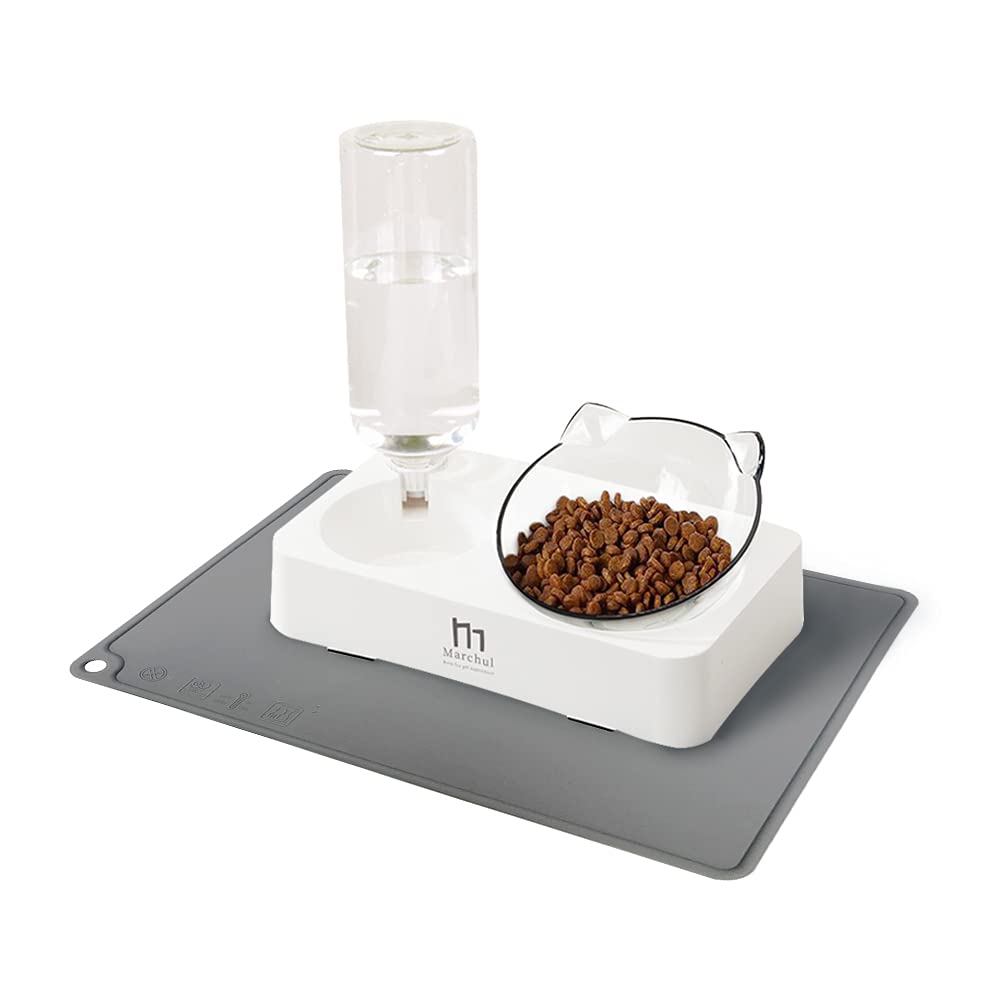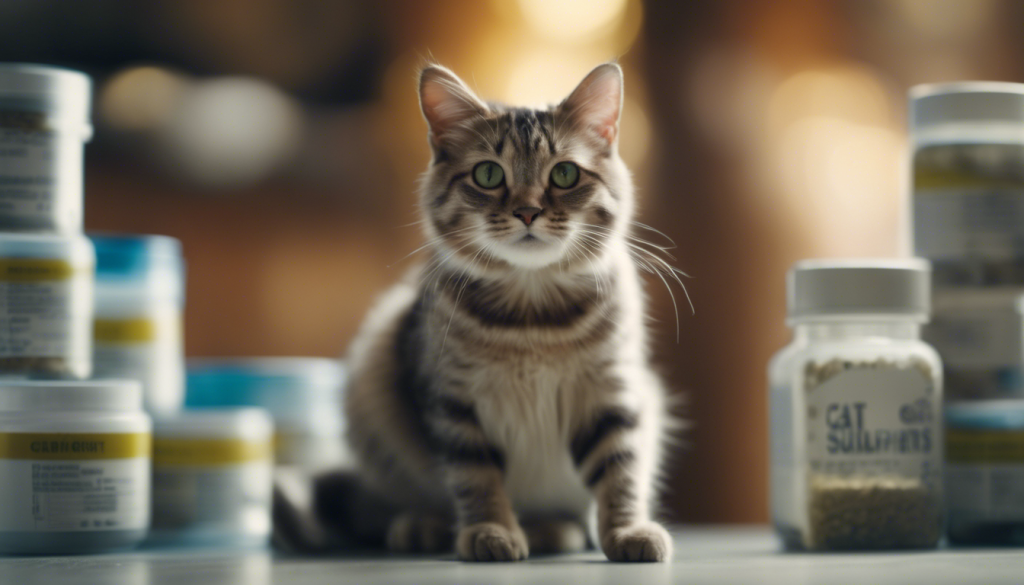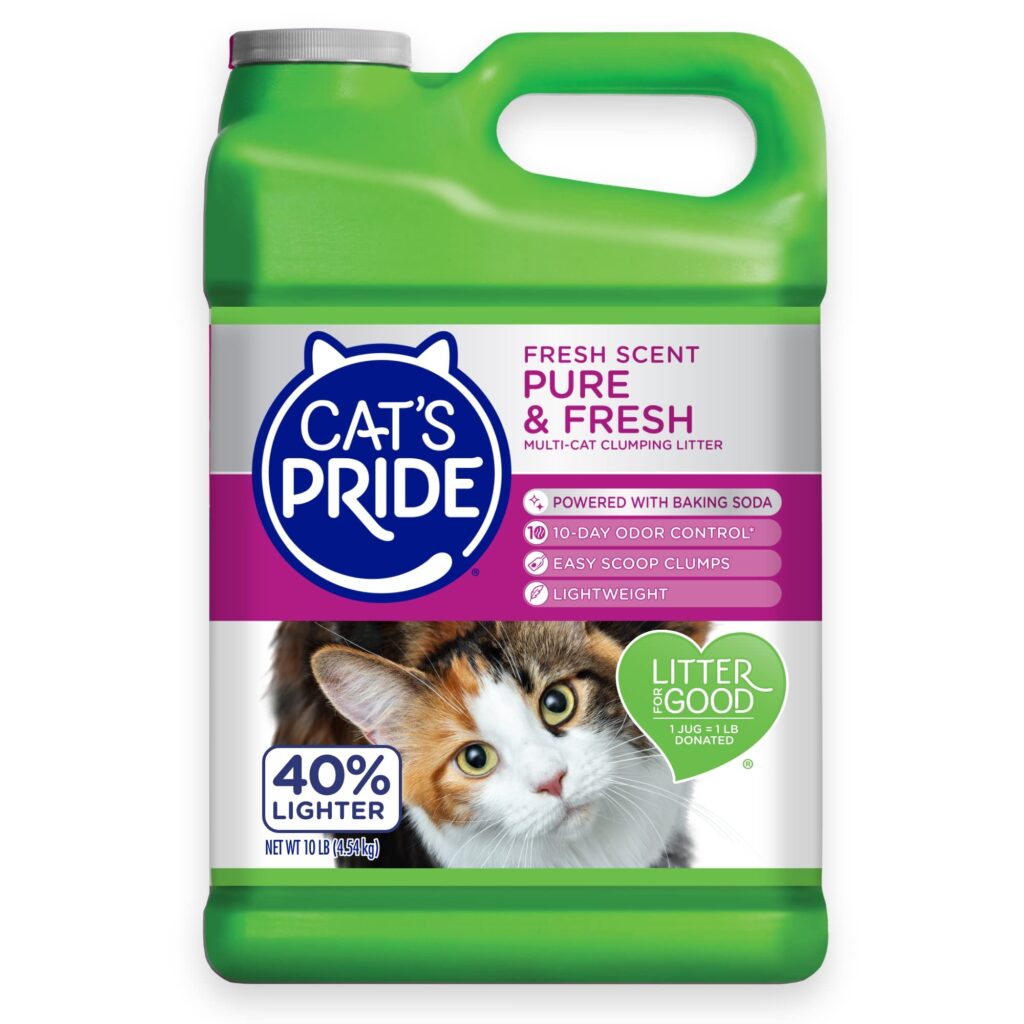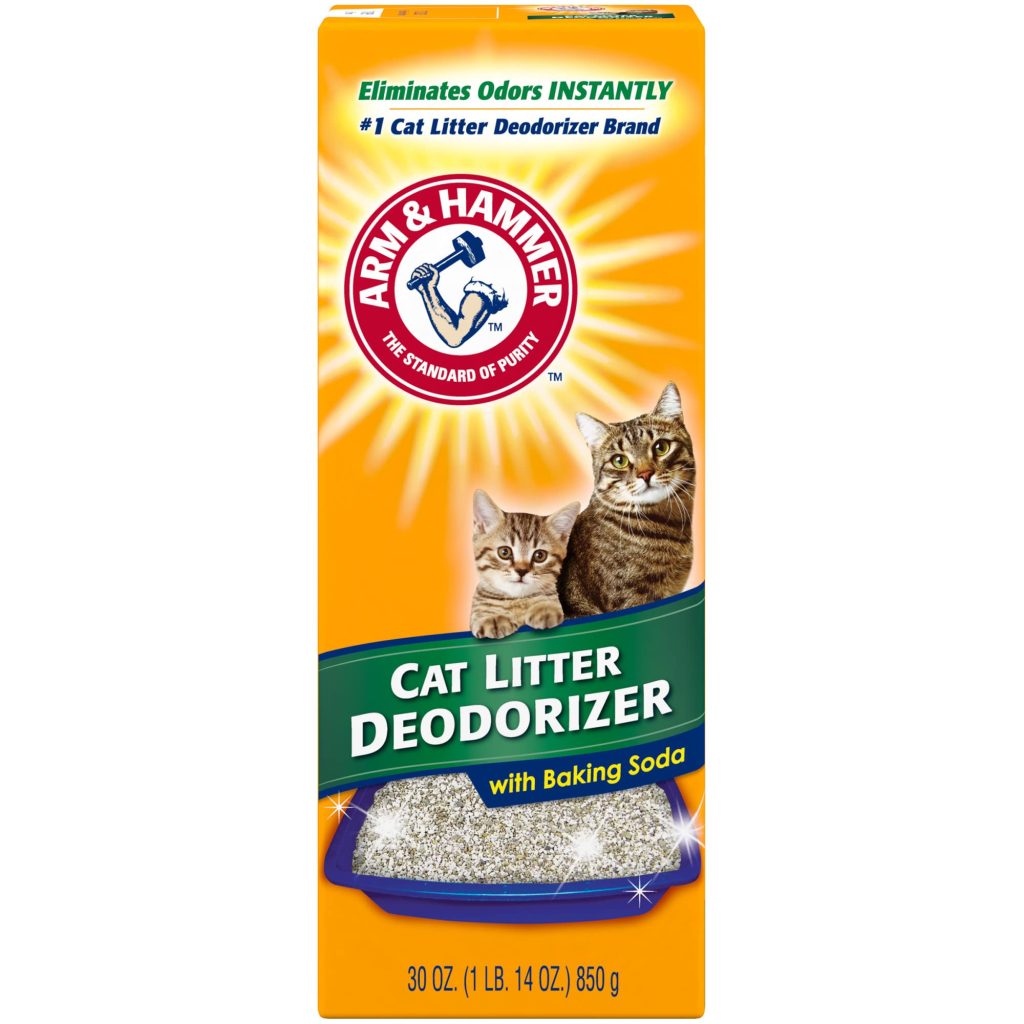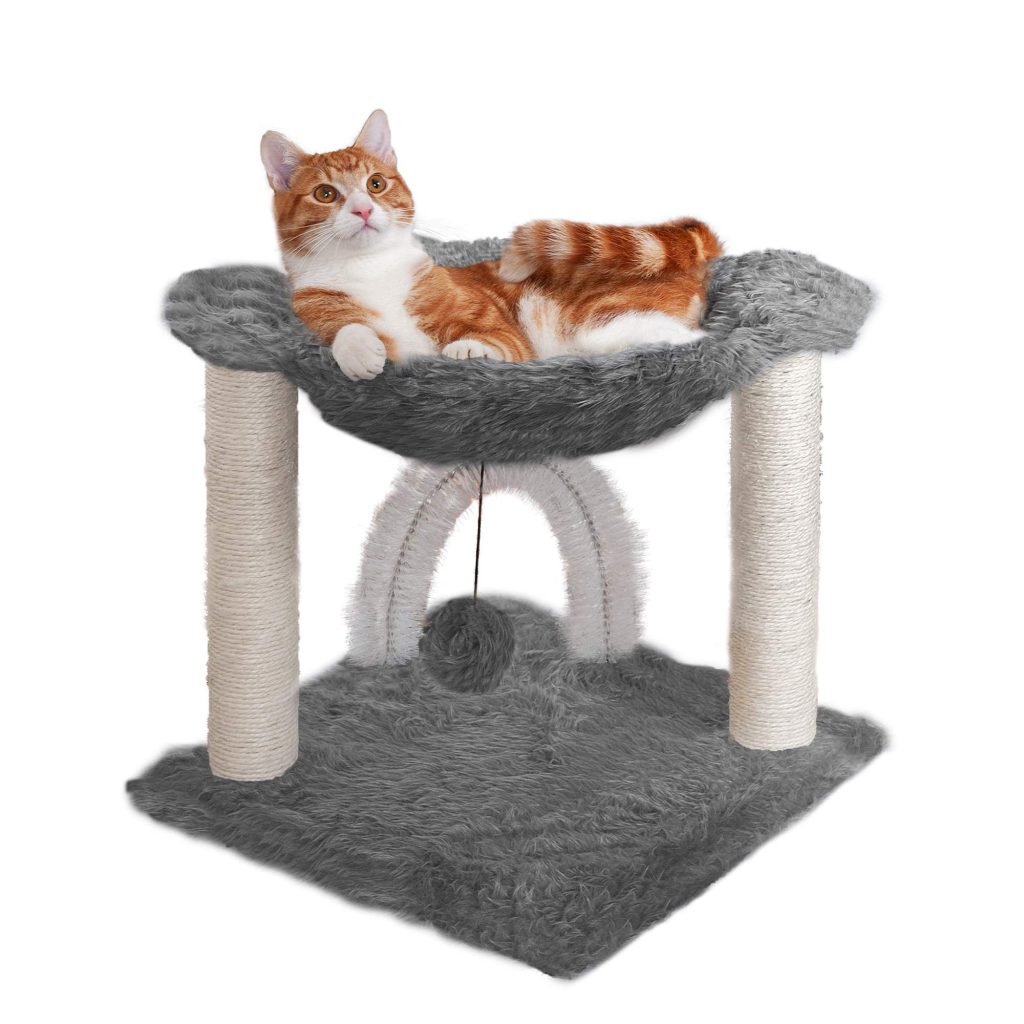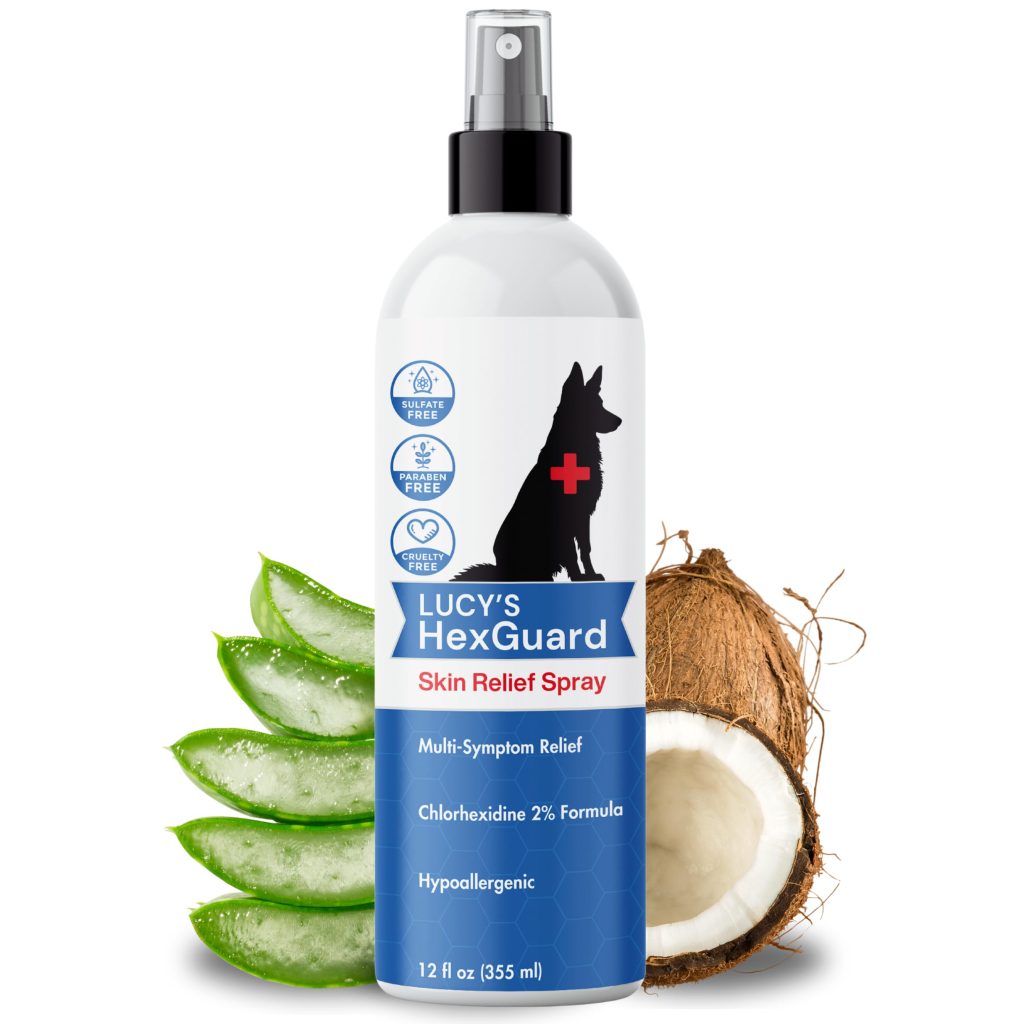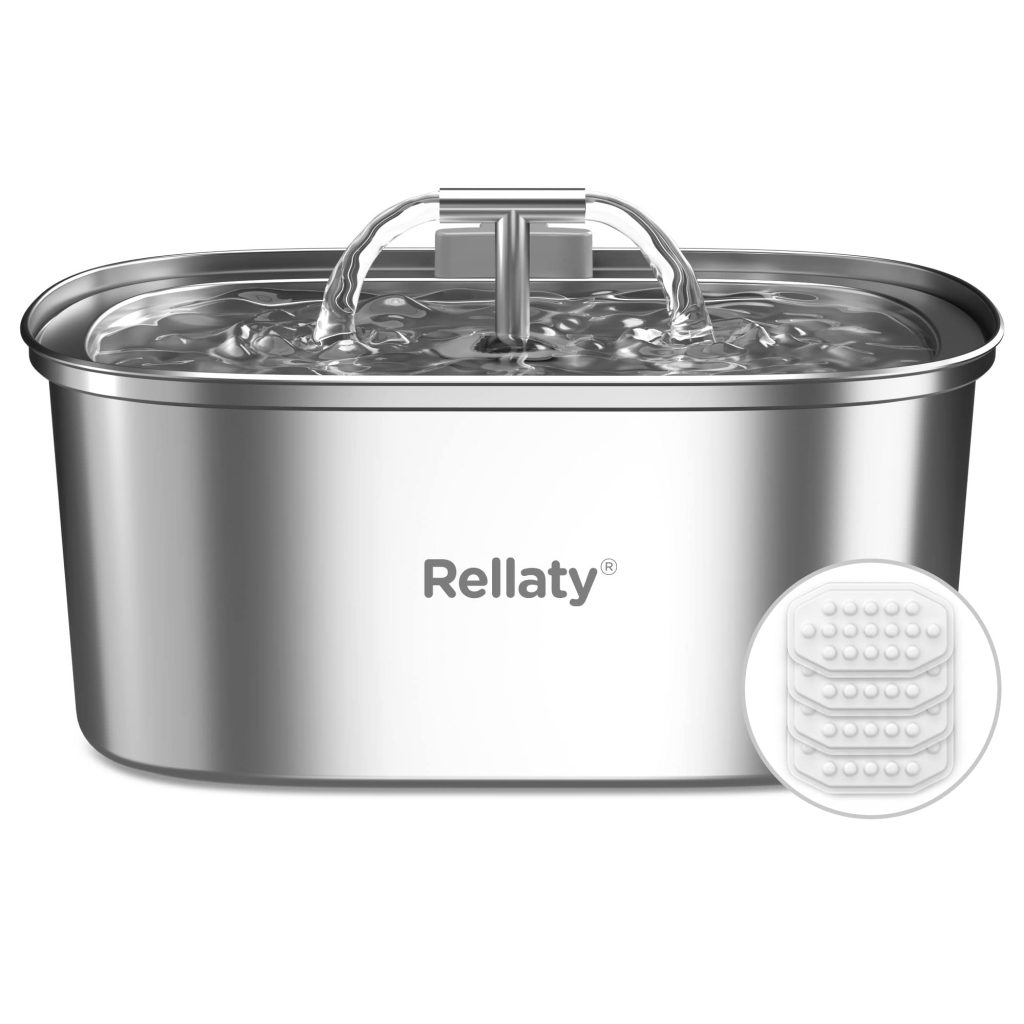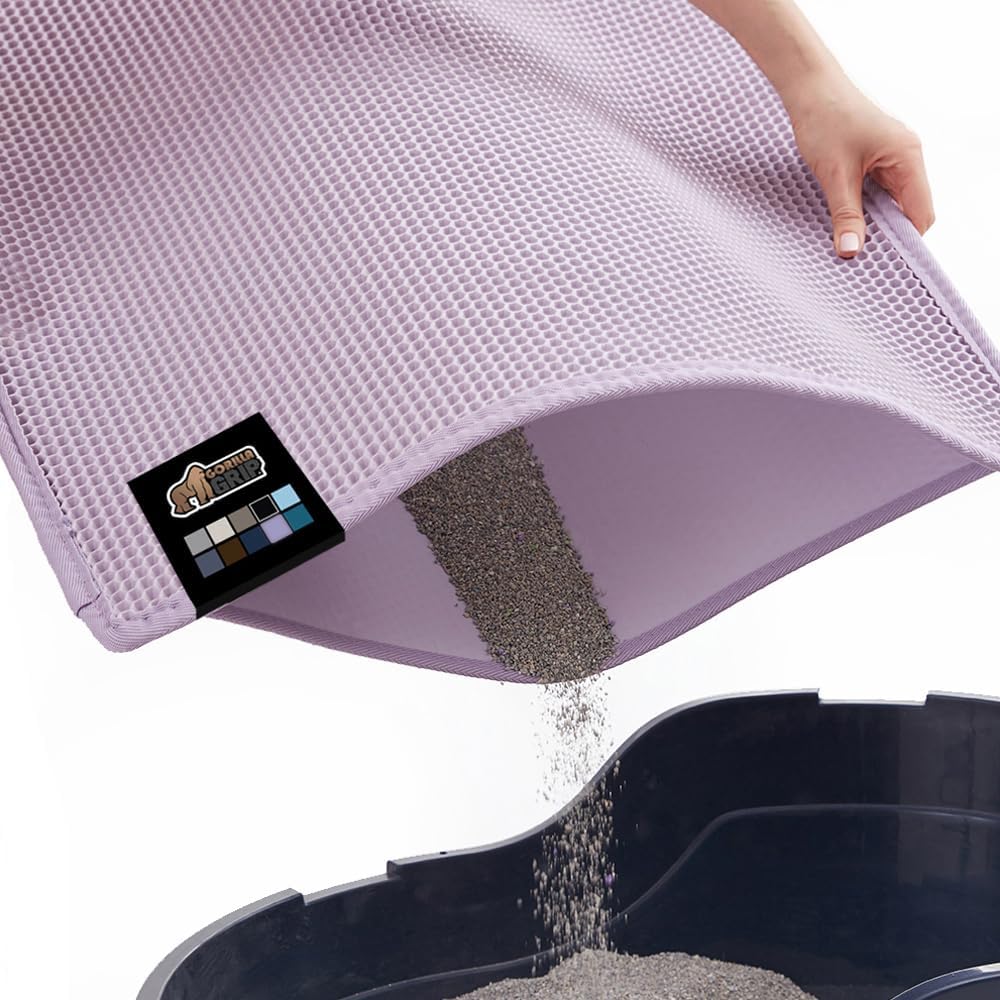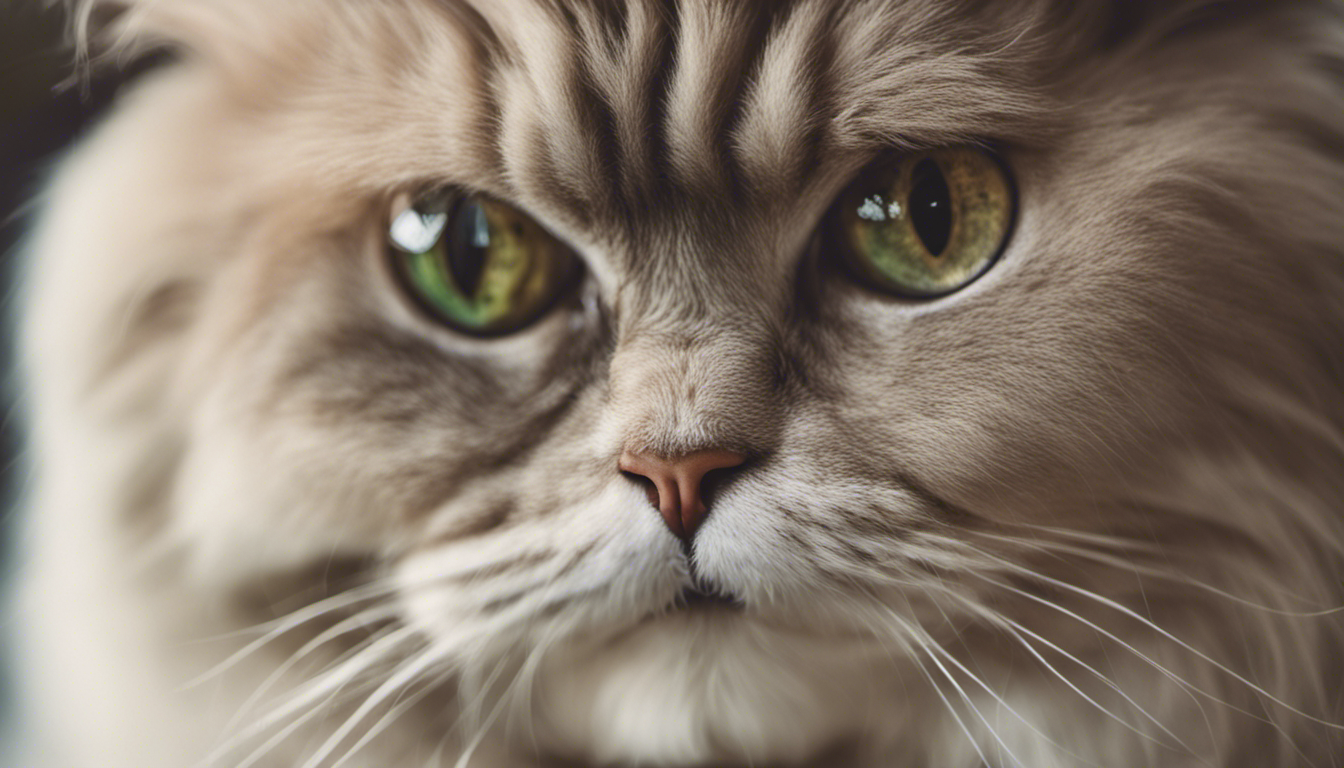
The Persian cat holds a longstanding position as one of the most cherished and ancient domestic cat breeds. In the Middle East, they’re commonly referred to as ‘Shirazi cats.’ While their precise lineage remains a mystery, it is thought that they emerged in Iran from a natural mutation in the native wild cat population. The initial known forebears of the Persian made their way to Italy around the year 1620. Recognized for its plush, flowing fur and unique facial contours, the Persian cat has captured the hearts of feline aficionados, and it’s easy to locate skilled breeders dedicated to propagating this particular breed.
Appearance
Persian cats typically exhibit a medium build, characterized by a wide chest and stubby legs. Adult male Persians usually weigh between 8 and 12 pounds, whereas the females tip the scales slightly lighter, at 6 to 10 pounds. These cats feature a round-faced visage, complemented by full, circular eyes and petite noses, often lending them a ‘sweet-faced’ or ‘doll-like’ appearance. Their broad ears rest low on their heads, adding to their serene but watchful demeanor.
Coat
The coat of a Persian cat varies from short to quite long and may be either straight or have a hint of a wave. It is underlaid with a dense undercoat, which amplifies its fluffy look. The facial fur is typically shorter compared to the body, framing the neck with a lion-esque ruff. Their tails boast a plush fullness, capped with a plume-like end. Persians are distinguished by additional fur encircling their faces, forming the quintessential ‘pom-pom’ effect near their nose and mouth. To maintain their coat’s softness and health, a daily grooming ritual is indispensable for this breed.
Eyes
The eyes of the Persian cat serve as one of its most defining traits. They’re prominent, spherical, and convey a range of emotions, shaped much like a sweet almond. Positioned broadly on the face, they carry a slight exotic tilt. The hues of their eyes span a vibrant spectrum, from golden yellow to rich green, hazel, and even striking blue. Framing these stunning eyes are lengthy, lush eyelashes that enhance their appeal. The pupils are notably expansive and circular, contributing to a look that’s both attentive and affectionate.
Personality & Behavior
Persians are synonymous with a mild and sweet disposition. Their personalities are often seen as charming, and they display a notable degree of affection and devotion to their owners. Notably patient, they relish in being stroked and groomed. Their demeanor is typically serene, marked by low energy and a soft nature.
Around newcomers, Persians may exhibit a reserved attitude, showing a preference for familiar faces. They might approach new interactions cautiously, but once a connection is made, their affection is deep and unwavering. They tend to develop intense attachments to their families, often shadowing them at home and seeking out attention when available. They’re the quintessential lap cat, cherishing every opportunity to cuddle with their humans.
In addition to their tender qualities, Persians are also intelligent. They enjoy engaging in mentally stimulating activities like puzzles or treat mazes and can even pick up a few tricks if taught with patience and positive reinforcement. Their endearing nature and relaxed energy make them excellent companions. While they may need extra time to adjust to new people and environments, once a Persian cat trusts you, you’ve earned a faithful friend for life.
Children & Other Pets
Their thick, long coats are prone to mats and tangles and thus necessitate regular grooming. Daily brushing is essential for keeping a Persian’s fur in good condition. A soft-bristled brush is the tool of choice to avoid irritating their delicate skin or yanking their fur. Start grooming from the neck or behind the head, gently working down the body, detangling and removing knots carefully. Following the brushing, a metal comb can help smooth out any leftover snags. A finishing touch of leave-in conditioner will add shine and provide fur nourishment.
Regular baths every 2 to 4 weeks with a feline-specific shampoo are part of a Persian’s grooming routine. For those who find the task challenging, professional grooming is a viable option. Their nails require trimming about once a month with cat-specific clippers, while their ears should be kept clean using a suitable ear cleaning solution. Brushing your cat’s teeth may seem intimidating but is important for preventing dental issues.
Advantages & Disadvantages
Advantages
- Persian cats display deep loyalty and affection, serving as wonderful companions.
- They often create strong bonds with their humans, exhibiting behaviors like following them and seeking close contact during rest.
- With their placid nature and minimal energy demands, they’re more low-maintenance than many other breeds.
- Being notably quiet, Persians are ideal for apartment living or for those desiring a less vocal feline.
Disadvantages
- Their luxurious coats require regular grooming, which translates to more time invested in their care.
- Persians are prone to heavy shedding, which can lead to fur accumulation around the home without consistent grooming.
- Their distinct facial structure can lead to respiratory issues that might necessitate medical intervention.
In essence, adopting a Persian cat can greatly enrich a cat enthusiast’s life. Acclimating to their care routines can pave the way to a delightful companionship suitable for diverse households.
Health Considerations
The Persian breed generally enjoys good health, yet they’re predisposed to certain hereditary health issues, including:
- Brachycephalic Syndrome, which is related to their unique skull formation. This can cause breathing difficulties, often manifested as snoring, labored breathing, and excess panting. Surgery might be required to alleviate such conditions.
- Polycystic Kidney Disease (PKD), a hereditary condition that leads to the development of kidney cysts. Managing the symptoms may involve medication.
- Progressive Retinal Atrophy (PRA), an inherited ocular condition that progressively impairs vision. There’s no cure, but treatment may help in preserving the remaining vision.
